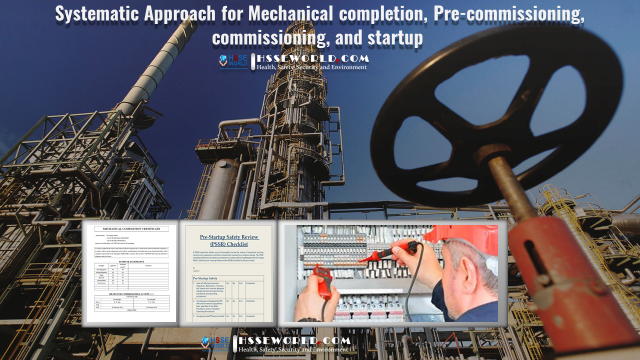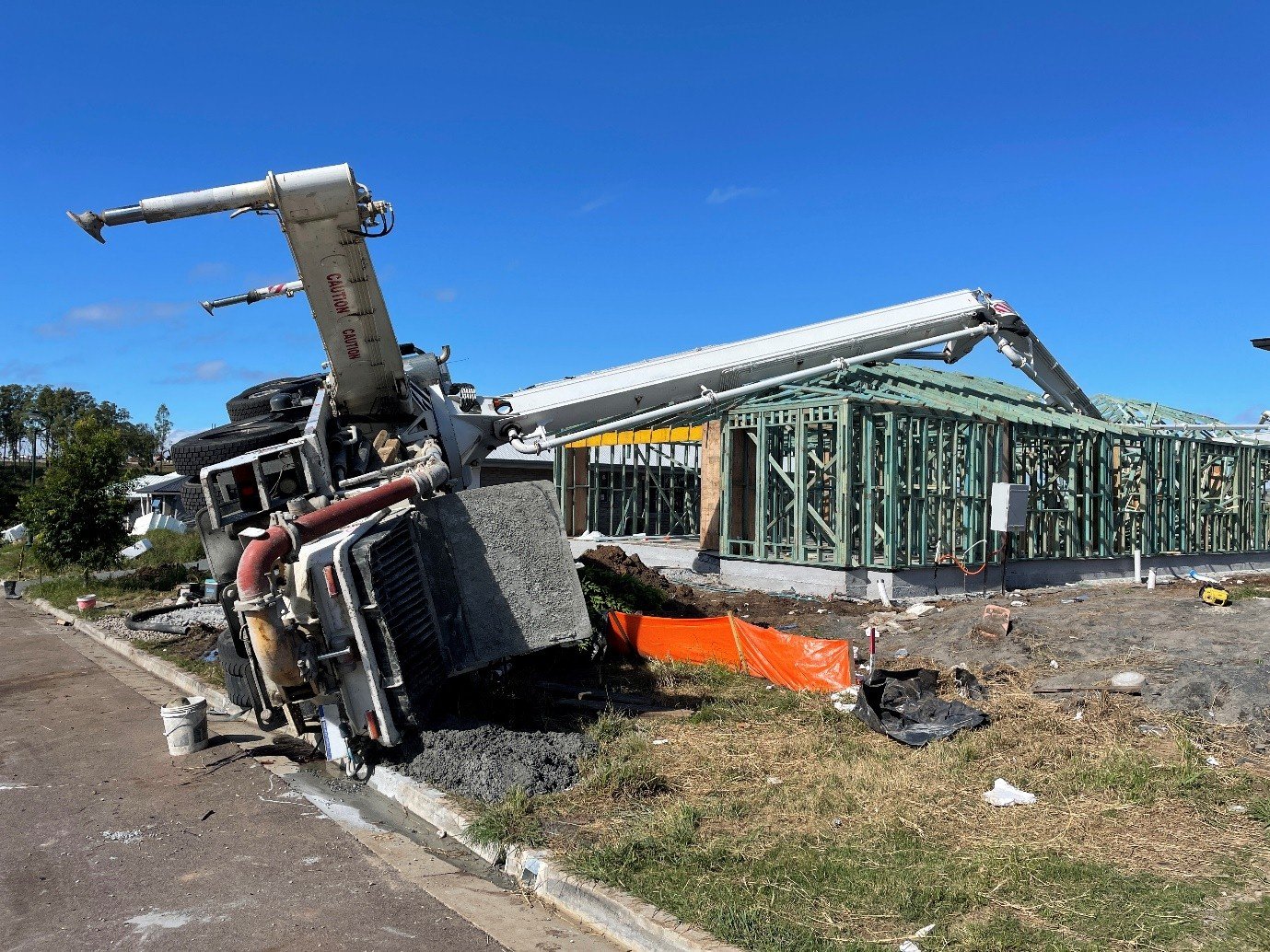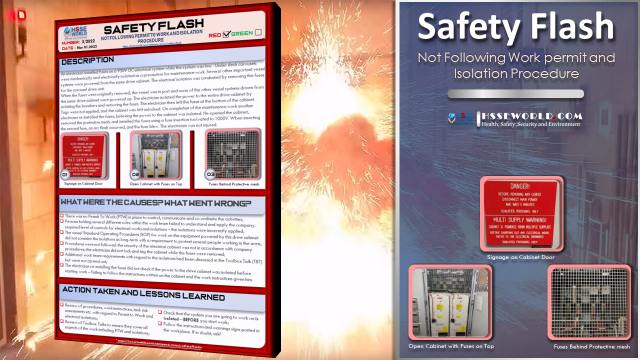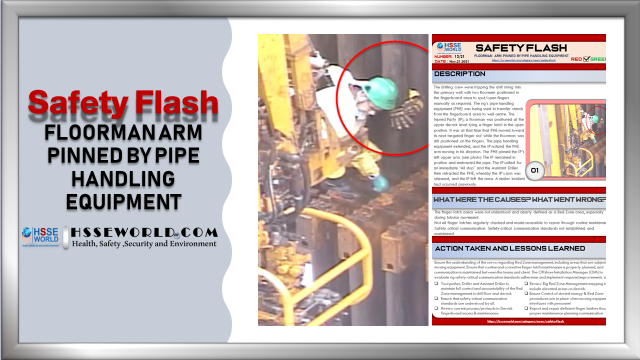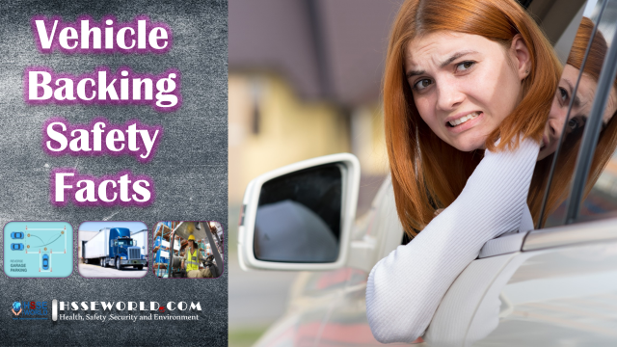What is a self-retracting fall protection device?
[vc_row][vc_column][vc_column_text]
Q:What is a self-retracting fall protection device?
A:Fall protection technology has to satisfy some basic criteria:
- It has to be effective in stopping falls and limiting injuries
- It can’t be so cumbersome that it creates a temptation to misuse or forgo using it altogether
Self-retracting devices have grown in popularity because of their benefits compared to the conventional lanyard and can help in targeting the second criteria by imposing less burden on the worker.
[/vc_column_text][/vc_column][/vc_row][vc_row][vc_column][vc_single_image image=”8806″ img_size=”full” alignment=”center” css=”.vc_custom_1572680167832{margin-top: 2px !important;margin-right: 2px !important;margin-bottom: 2px !important;margin-left: 2px !important;}”][/vc_column][/vc_row][vc_row][vc_column][vc_column_text]
Broadly speaking, there are two categories of fall protection in wide use: fall arrest and fall restraint systems.
- Fall restraint physically limits the worker’s ability to approach an edge from which a fall is possible, tethering them to an anchor and limiting their work area.
- Fall arrest is designed to stop a fall in progress. It catches a worker mid-fall before they make contact the ground or another object, and reduces forces on the body to prevent injury.
Self-retracting fall protection can be used in either of these two ways.
How Self-Retracting Devices Work
The system includes a drum-wound line of steel or polyester in a hard shell. The line automatically retracts so that it is kept taut and out of the way of the worker as they move around. It can let out and extend during normal walking movement, but includes a mechanism to detect the application of a strong force (like a fall) and apply a brake. The design is intended to provide a balance between freedom of movement, safety and the convenience of automatically controlled slack.
(See Fall Arrest Systems:Can workers tie off at-foot-level? for related reading.)
In cases where a close overhead anchorage is used, the system has the benefit of reducing the drop to a very short distance, helping to mitigate injuries and potential swings. Compared to the traditional shock-absorbing lanyard, the self-retracting lanyard offers shorter stopping distances (2 feet compared with 6) and greater mobility with a larger range, with some models unspooling up to 175 feet.
As with a conventional lanyard, the retracting device would connect the worker’s harness to either an anchorage of suitable strength or a permanent lifeline. In scenarios where there is no permanent anchorage set up, a sling can be used around a structural element such as a column. If the system is being used as a fall restraint, it simply has to be anchored in such a way that the unspooled length of the line is less than the distance to the edge or hole.
(Learn more in Personal Fall Protection Equipment.)
ANSI Z359.14
ANSI standard Z359.14-2014 lays out specifications for self-retracting devices, including their arrest distances, forces, and equipment classes.
- Class A devices have a distance of 24 inches and arresting force of 1,350 lbs
- Class B is 54 inches and 900 lbs
These specifications suggest how each type of device is to be used in a fall protection plan and the allowable force on the worker’s body resulting from a fall.
The standard also includes specifications such as the need to include a visual indicator that the equipment has been involved in a fall, in which case it must be removed from service and reinspected.
[/vc_column_text][/vc_column][/vc_row][vc_row][vc_column][vc_btn title=”More Questions and Answers click Here” style=”3d” shape=”round” color=”violet” align=”center” i_icon_fontawesome=”fa fa-question-circle” link=”url:http%3A%2F%2Fhsseworld.com%2Fcategory%2Fquestions-and-answers%2F||target:%20_blank|” button_block=”true” add_icon=”true”][/vc_column][/vc_row][vc_row][vc_column][vc_masonry_grid post_type=”post” max_items=”50″ item=”none” grid_id=”vc_gid:1572680205225-4d332cc3-1a63-0″ taxonomies=”998″ offset=”1″][/vc_column][/vc_row]




